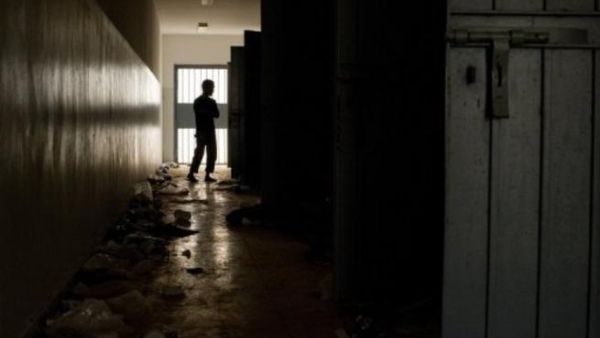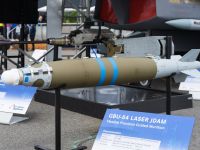Syria was a key participant in the C.I.A. rendition program at a time when President George W. Bush’s administration labelled Damascus part of the “axis of evil,” according to a report by the Open Society Justice Initiative.
The report - titled “Globalizing Torture” - said President Bashar al-Assad’s regime was one of the "most common destinations for rendered suspects," indicating an established security relationship between Syrian intelligence and Western agencies.
Though the West now strongly criticizes Assad for his military’s onslaught against his own people, relations were not always so strained.
After the September 11 attacks on the World Trade Center and the Pentagon, Syria provided the U.S. with intelligence on a number of occasions.
Testimony given by Maher Arar - a Syrian-Canadian abducted and sent to Syria by the U.S. in 2002 - shows what conditions were like for the detainees. Arar said he was regularly tortured to extract a confession of guilt and kept in a three-by-six-foot cell that was “like a grave.”
In November 2003, Cofey Black, then counterterrorism co-ordinator, said: “The Syrian government has provided some very useful assistance on al Qaeda in the past.”
In one case, Syria alerted the U.S. to a plot to bomb the U.S. Fifth Fleet in Bahrain.
The Bush administration also blocked the “Syria Accountability Act,” which would have imposed harsher sanctions on Assad, citing cooperation in the “War on Terror.”
After the invasion of Iraq relations soured somewhat, with the U.S. finally withdrawing its ambassador to Syria in 2008 after the assassination of Lebanese Prime Minister Rafik Hariri.
The report also found that more than a quarter of all U.N.-recognized countries took part in the program to detain and torture suspected Islamic radicals with impunity.
The scale of the rendition program was first uncovered by U.K. journalist Stephen Grey in an investigation for the London-based New Statesman magazine titled "America's Gulag."








